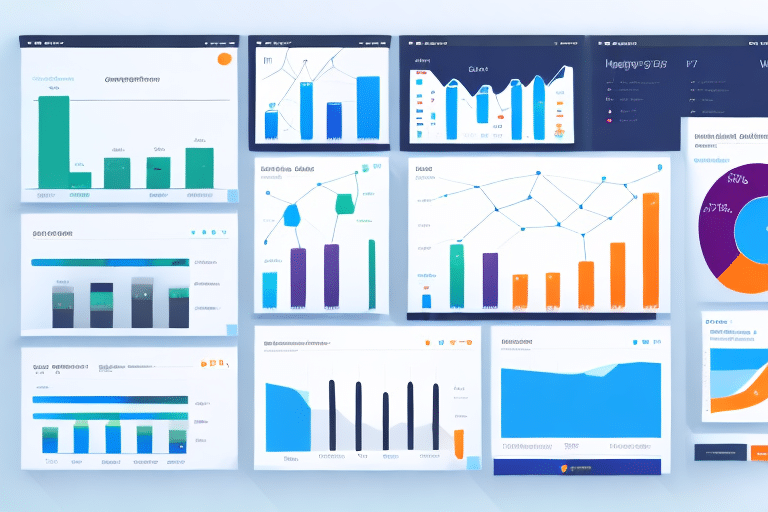Importance of Mobile Shopping Experience in the Digital Age
In today's digital landscape, the mobile shopping experience is crucial for retailers aiming to stay competitive. As of 2023, mobile e-commerce sales account for approximately 76.4% of total e-commerce sales worldwide (Statista), highlighting the growing dominance of mobile devices in online shopping.
A seamless mobile shopping experience not only attracts and retains customers but also enhances brand loyalty and increases conversion rates. Moreover, search engines like Google prioritize mobile-friendly websites in their search rankings, making mobile optimization essential for improving visibility and driving organic traffic (Google Mobile SEO).
Understanding the User Journey on Mobile Devices
Streamlining Navigation for Quick Access
Mobile users often browse in short sessions, necessitating an intuitive navigation structure. Implementing a clear and concise menu, coupled with prominent search functionality, allows users to find products swiftly.
Optimizing for Touch Interfaces
Design elements such as large buttons and adequate spacing enhance usability on touch screens, reducing the likelihood of user frustration and abandonment.
Enhancing Load Speeds
Fast-loading pages are critical, as even a one-second delay can lead to a significant drop in conversions (Shopify). Optimizing images and minimizing HTTP requests are effective strategies to improve load times.
Designing a Mobile-Friendly E-Commerce Website
Responsive Design Principles
Adopting a responsive design ensures that your website adapts seamlessly to various screen sizes and orientations, providing a consistent user experience across devices.
Minimalistic and Clean Layouts
A clutter-free design with ample white space helps users focus on essential elements, such as product images and calls-to-action, enhancing overall user engagement.
Optimized Checkout Process
Simplifying the checkout process by reducing the number of steps and form fields can significantly decrease cart abandonment rates (BBC Business).
Optimizing Website Performance for Mobile
Reducing Page Load Times
Implementing techniques like image compression, leveraging browser caching, and utilizing Content Delivery Networks (CDNs) can drastically improve page load speeds.
Minimizing HTTP Requests
Combining CSS and JavaScript files and using image sprites can reduce the number of HTTP requests, enhancing website performance.
Ensuring Mobile-Friendly Content
Content should be easily readable on smaller screens, with appropriate font sizes and scalable media that adapts to different devices.
Enhancing Navigation and Checkout Process
Intuitive Navigation Structures
Clear categorization and prominent search bars help users navigate your site effortlessly, improving their overall shopping experience.
Streamlined Checkout Experience
Offering guest checkout options, multiple payment methods, and saving user information for future purchases can enhance convenience and reduce friction during the checkout process.
Implementing Trusted Payment Gateways
Utilizing secure payment gateways such as SSL, PCI compliance, and supporting mobile wallets like Apple Pay and PayPal builds customer trust and ensures safe transactions.
Leveraging Advanced Technologies
Incorporating Augmented Reality (AR)
AR technologies allow customers to visualize products in real-world settings, enhancing their shopping experience and increasing purchase confidence (Forbes).
Utilizing Artificial Intelligence (AI) for Personalization
AI-driven recommendations and personalized content can significantly improve user engagement and boost sales by catering to individual preferences.
Implementing Voice Search Capabilities
As voice search becomes more prevalent, optimizing your site for voice queries can enhance accessibility and cater to modern shopping behaviors.
Measuring and Improving the Mobile Experience
Tracking Key Performance Indicators (KPIs)
Using tools like Google Analytics to monitor metrics such as bounce rates, conversion rates, and average session durations provides insights into user behavior and website performance.
Gathering User Feedback
Implementing surveys and collecting user reviews can offer valuable feedback for continuous improvement of the mobile shopping experience.
Conducting A/B Testing
A/B testing different design elements and functionalities allows retailers to determine the most effective strategies for enhancing user engagement and conversions.
Future Trends in Mobile Shopping Experience
Growth of Mobile Wallets
The adoption of mobile wallets is expected to rise, further simplifying the payment process and enhancing user convenience.
Advancements in Virtual Reality (VR)
VR technologies will continue to evolve, offering more immersive shopping experiences that bridge the gap between online and in-store shopping.
Increased Focus on Sustainability
Consumers are increasingly prioritizing sustainability, prompting retailers to adopt eco-friendly practices and communicate their efforts effectively through mobile platforms (Nielsen Insights).






















